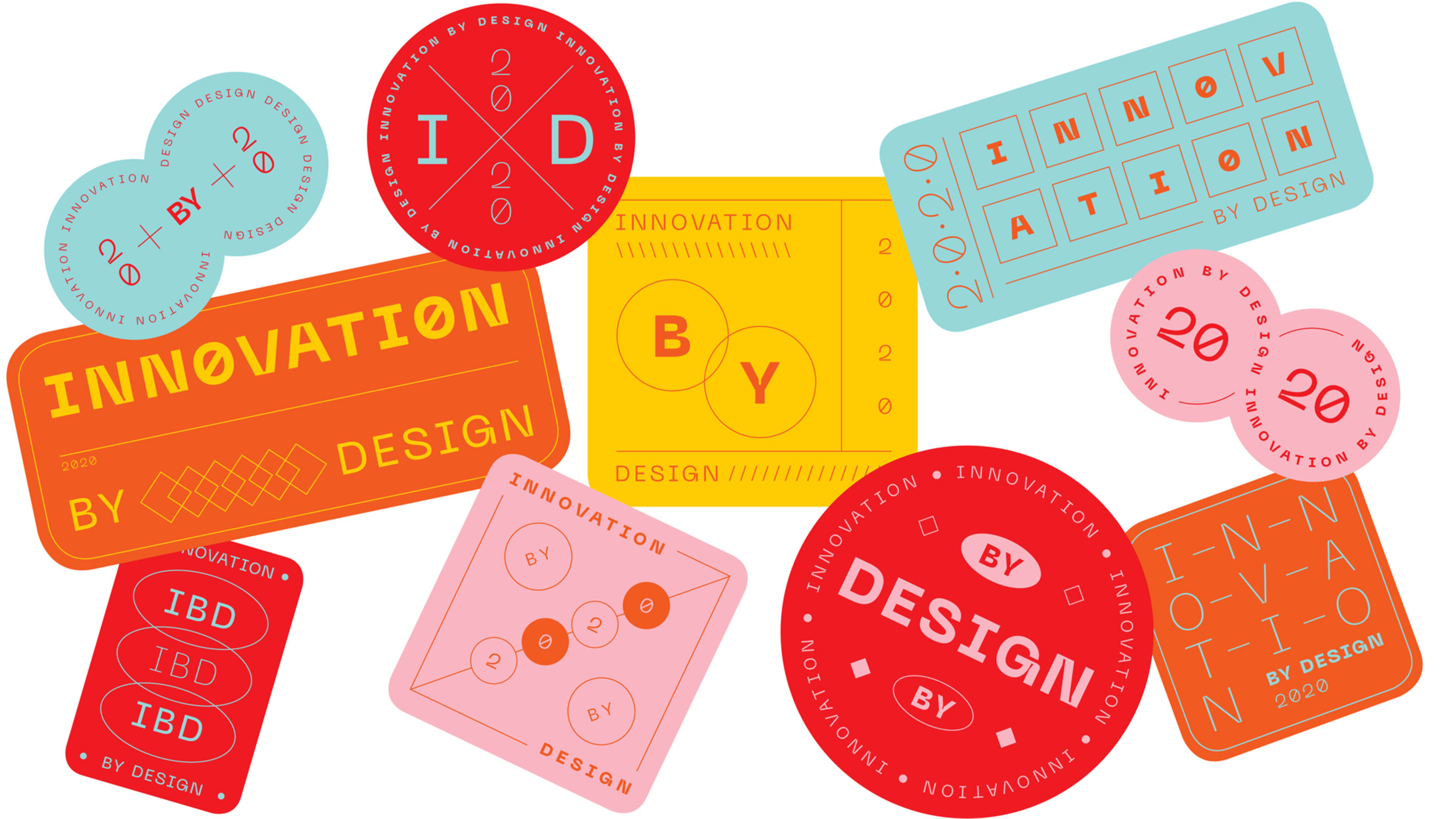In March, as the coronavirus ravaged Italy, architect and MIT professor Carlo Ratti rallied more than 100 colleagues across four continents to develop connected units for respiratory ailments (CURA), open-source intensive care units built from recycled shipping containers. Designed to relieve the country’s overburdened hospitals, the units could be set up as quickly as a hospital tent, but still meet the strict biocontainment standards of an isolation ward. The first unit opened in Ratti’s native Turin, part of the country’s hard-hit Piedmont region, in April. Others soon followed in Canada and the United Arab Emirates.
CURA is one of several Innovation by Design honorees to showcase extraordinary design ingenuity in response to a cataclysmic global public health crisis. In the United States, the Trump administration’s refusal to forge a cohesive strategy that would have brought COVID-19 to heel has made the work of designers more critical than ever.
They built ventilators; they made safer, more comfortable personal protective equipment (PPE) for healthcare workers and the public; and while Trump publicly insisted the virus was under control, they created visualizations of the data that showed he was lying.
At the same time, the design industry has faced tremendous setbacks, amid shrinking budgets, choked supply chains, and the exhausting demands of remote collaboration. While design is no substitute for a functional democracy, in times of extreme duress it can help compensate for abysmal leadership and point toward a brighter future—however distant that may seem.
Newlab, Fast Company’s Design Company of the Year, is an inspiring example. The Brooklyn tech hub’s sprawling network of designers, engineers, makers, and others convened online, after a spike of COVID-19 diagnoses shuttered New York, to devise solutions to everything from medical supply shortages to inaccurate case counts. One project was Spiro Wave, an emergency ventilator that has fewer parts than a traditional one in an ICU, making it easier to manufacture locally (in Queens) and incorporate into the city’s strategic stockpile at a time when COVID-19 had severely strained global trade and shipments from overseas were stymied. Newlab’s success is a testament to the power of creative collaboration that values people over profits.
Major corporations mobilized, too. Nike, the world’s largest athletic shoemaker (and an honoree this year in multiple categories, including Health), transformed its design and production methods in weeks to assemble more than 360,000 pieces of PPE for healthcare workers. The company’s product development cycle typically takes many months. Importantly, Nike used only supplies at hand: Its face shields have padding from shoes, plastic from Nike Air soles, and a drawstring from pants and jackets. As Nike’s vice president of innovation, Michael Donaghu, told Fast Company senior writer Mark Wilson in May, the goal was to “solve this problem with the supply chain we have, with materials we’re familiar with, and with the tools we have” to avoid taking precious resources away from other PPE manufacturers.
Imagine if every company brought the same focus and energy to another existential threat facing the planet: climate change. Indeed, some of the most impressive Innovation by Design honorees show a deep sensitivity for the environment. Unocup, winner of the Packaging category, is a disposable coffee cup that folds down along the top to eliminate the need for wasteful plastic lids. WNDR Alpine Intention 110, winner of the Sports and Recreation category, is a set of skis made from an algae-based composite that diverts plastic waste from landfills. Powerhouse Brattørkaia, winner of the Sustainability category, is a Norwegian office building that on average generates twice as much energy as it consumes, thanks to a vast array of solar panels—proof that the best design doesn’t just tread lightly on the earth; it actively gives back.
Now, a formidable task lies ahead, as designers work alongside businesses, policy makers, and communities to envision a post-COVID-19 world. This coincides with another urgent American public health crisis: the scourge of police brutality and systemic racism against Black lives.
It doesn’t take much imagination to see how design has been complicit in creating this status quo—Confederate monuments come to mind, as do the prisons that disproportionately incarcerate Black and brown men, leading to what lawyer and activist Michelle Alexander has dubbed “the new Jim Crow.” Design underpins everything from the Minneapolis street where an officer killed George Floyd to the apartment in Louisville, Kentucky, where police opened fire, slaying Breonna Taylor, to the suburban neighborhood where two white men chased and shot Ahmaud Arbery.
Intentionally or not, designers have helped construct a system of white dominance, and now they must do their part to build anew. The time has come for designers to question every assumption and consider the implications of every choice. There is a common belief that once researchers unveil a working COVID-19 vaccine, life will just go back to normal. It’s up to designers to make sure it doesn’t.
See more honorees from the 2020 Innovation by Design Awards here.
Recognize your brand’s excellence by applying to this year’s Brands That Matter Awards before the early-rate deadline, May 3.
